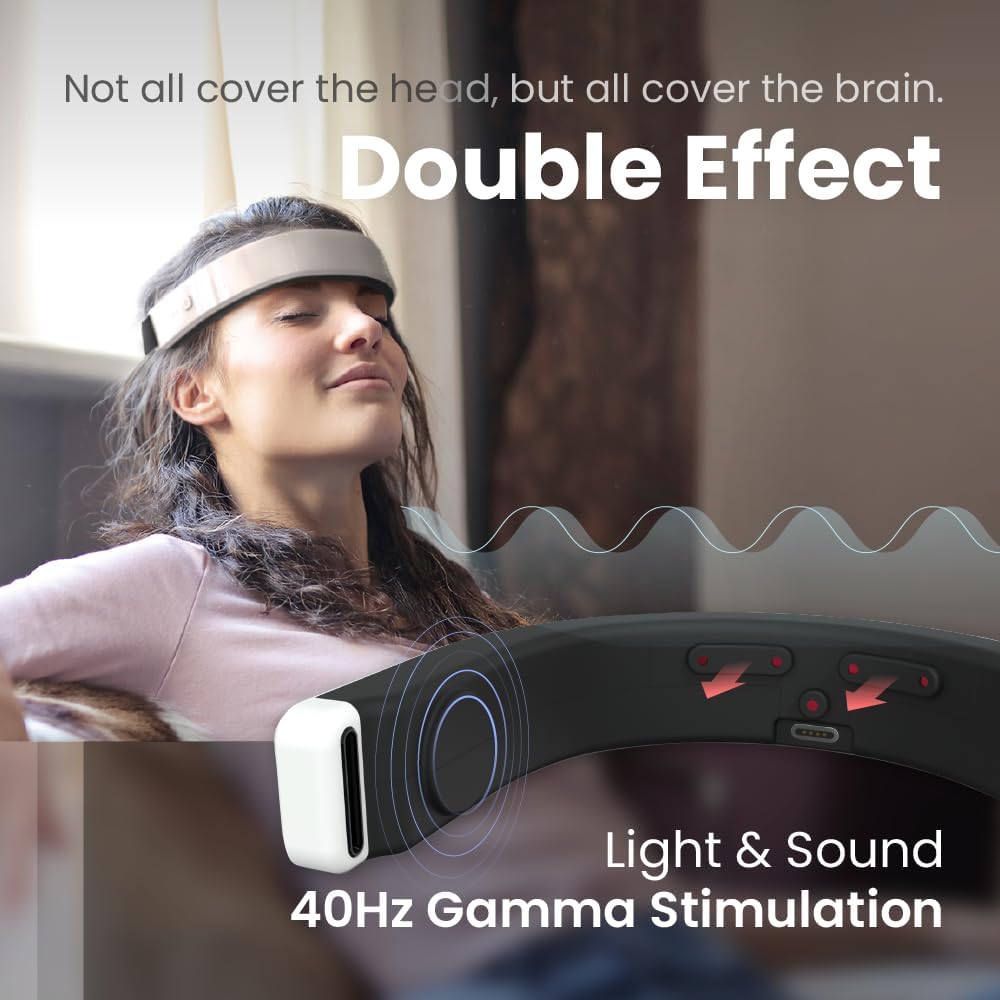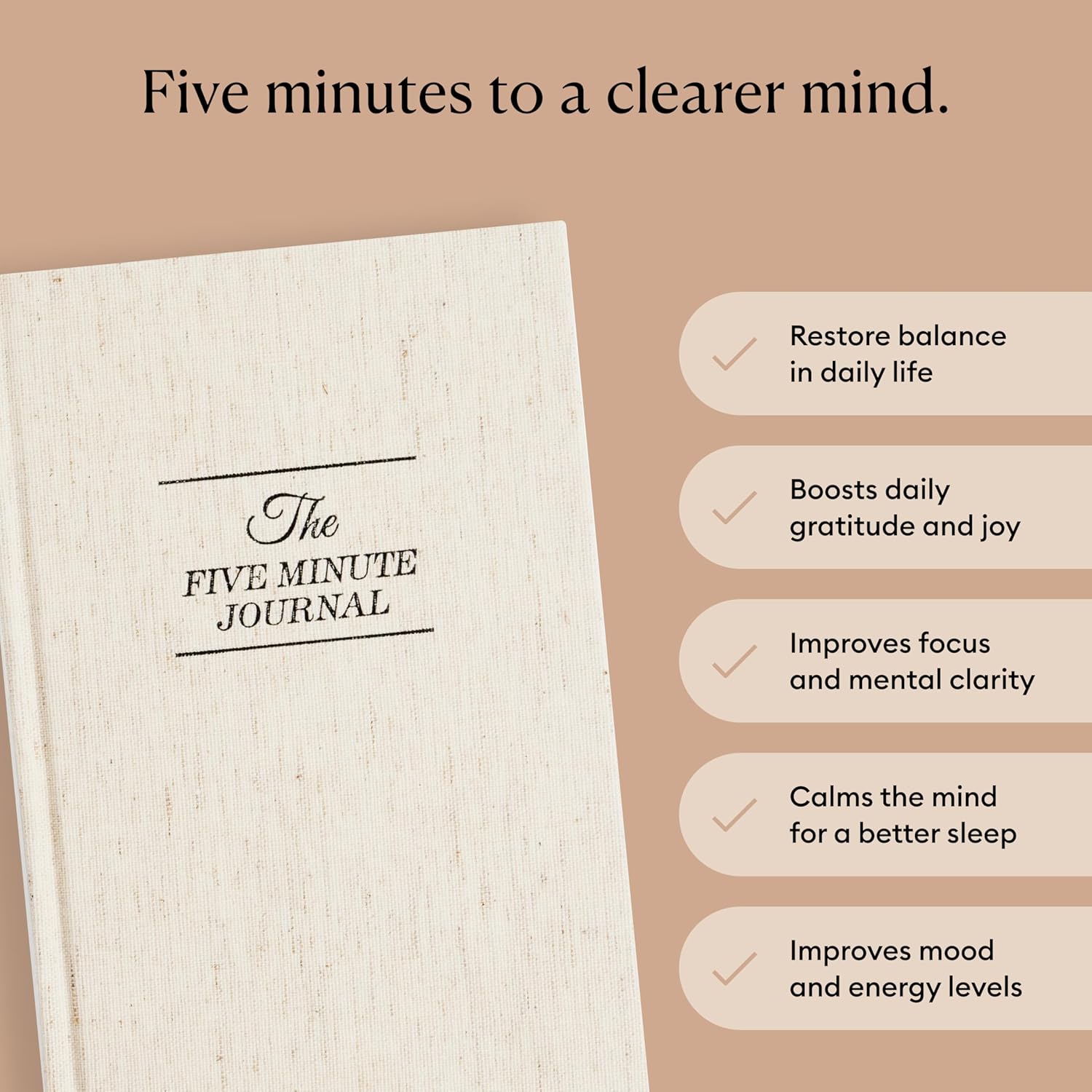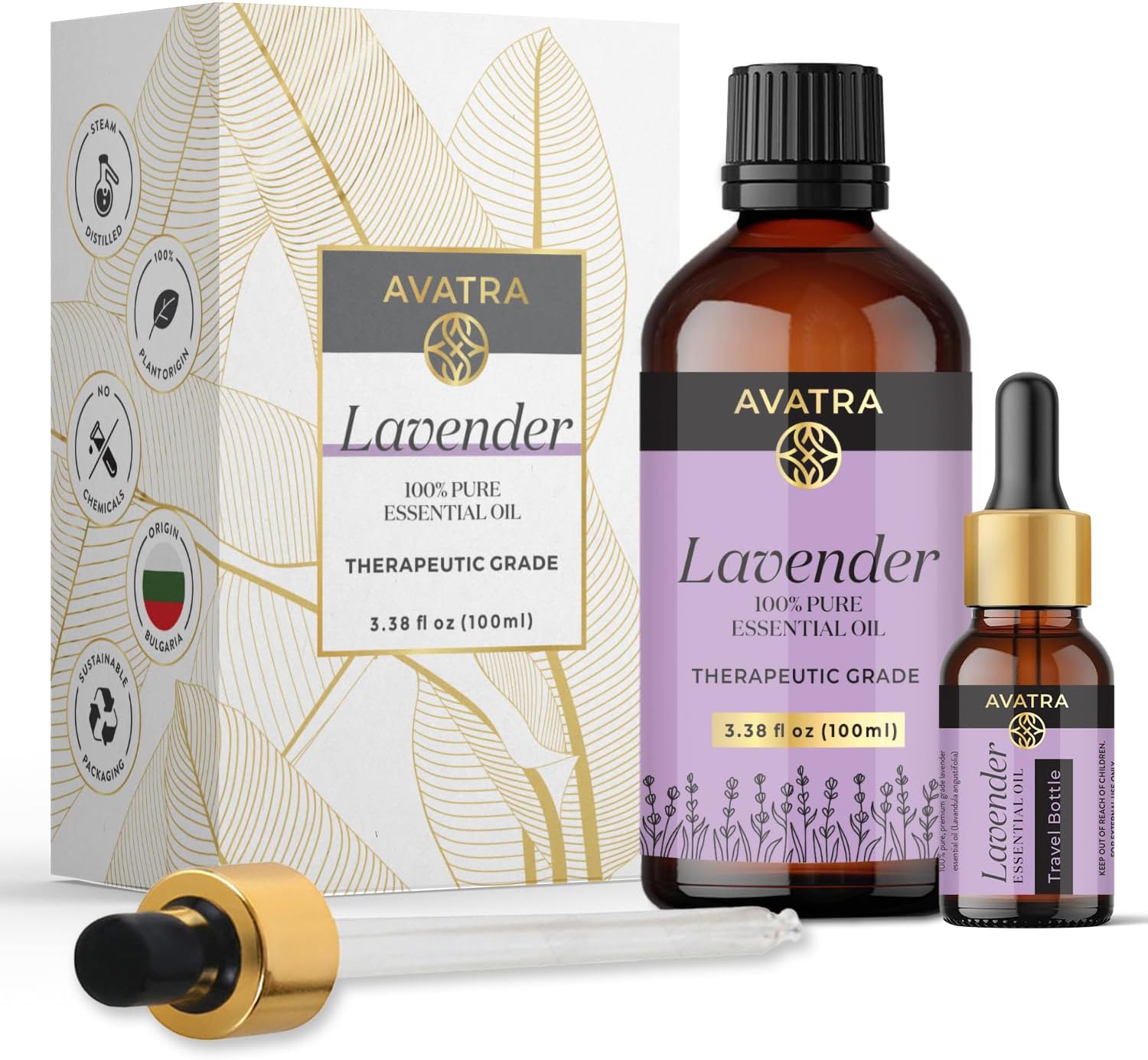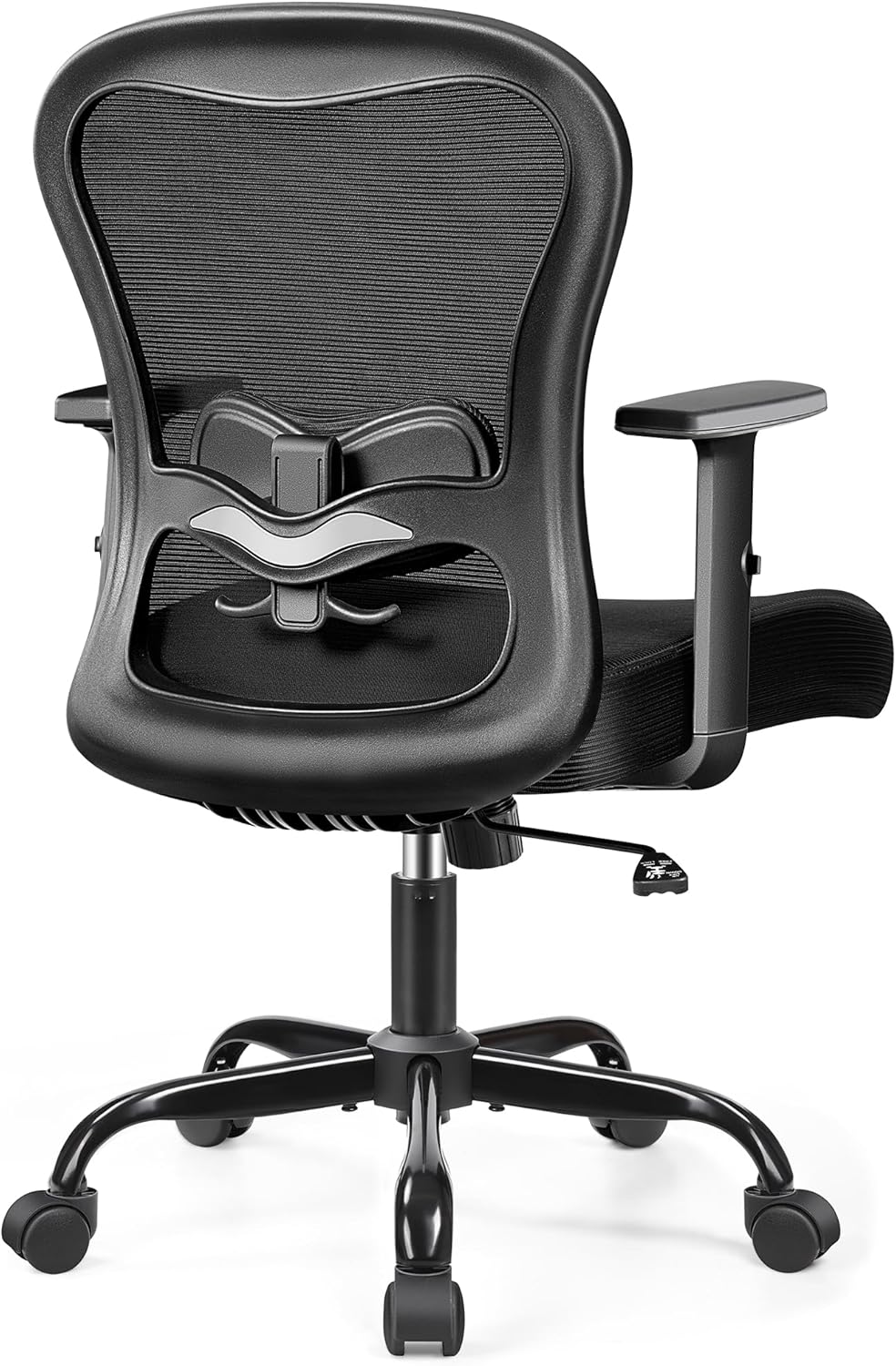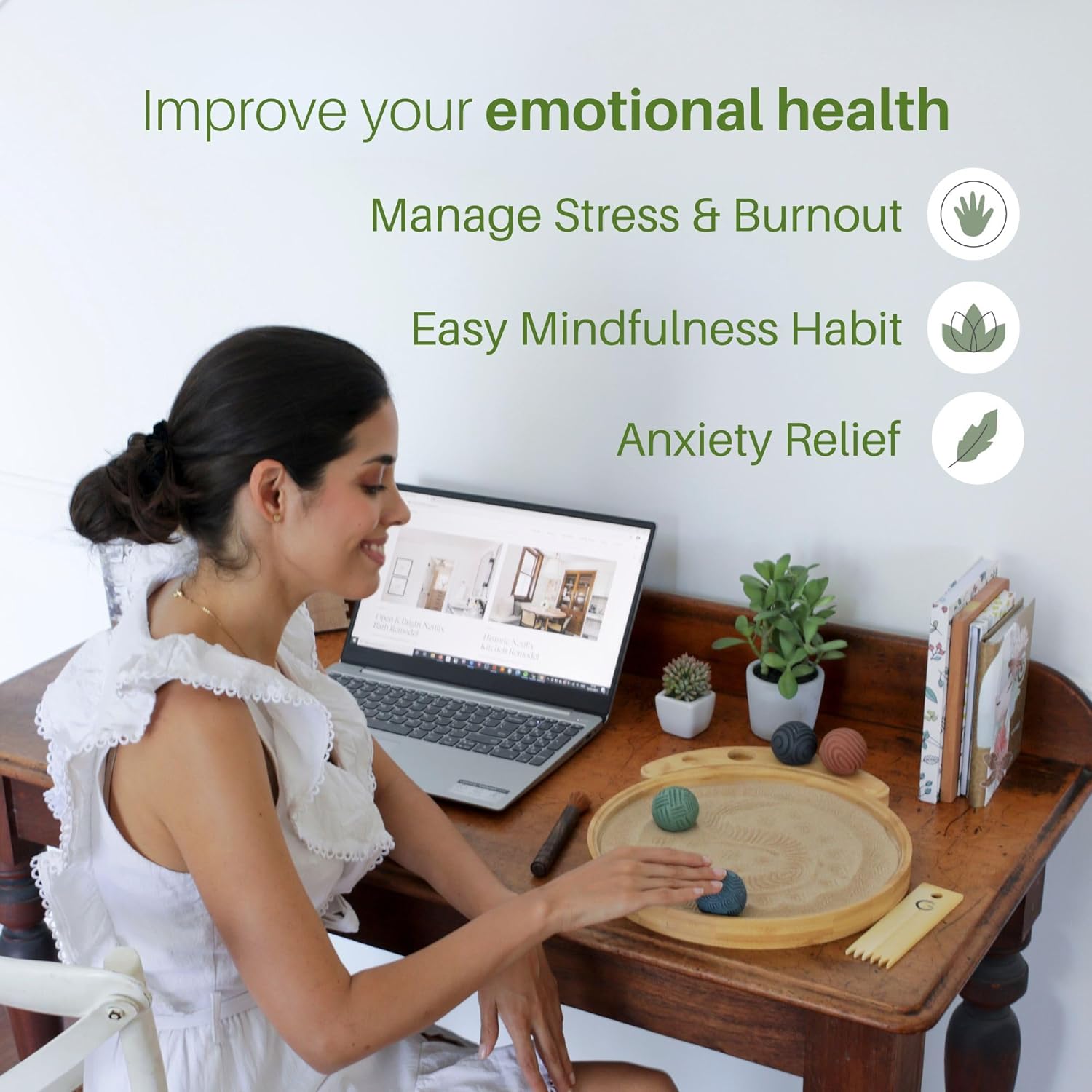Did you know nearly 70% of employees feel distracted daily? In today’s fast world, staying focused is hard. If you’re struggling to focus, mindfulness for focus might be the answer. It can help you focus better, work more efficiently, and do your job better.

This article will show how mindfulness helps you stay focused at work, leading to increased Workplace Productivity. You’ll learn simple techniques to improve your attention. These can make your workday more productive and fulfilling.
Understanding the Connection Between Mindfulness and Workplace Focus
Mindfulness practices can greatly improve your focus at work. They help your brain stay sharp and focused. This is because mindfulness boosts your brain‘s ability to change and adapt.
Mindfulness, the practice of focusing on the present moment, is a proven method to enhance focus and mental clarity at work. Studies show that mindfulness rewires the brain to boost attention and cognitive performance, as noted by the Harvard Business Review. The American Psychological Association highlights its role in reducing distractions through increased self-awareness
Simple exercises, such as deep breathing, can easily fit into a busy schedule, according to the Mayo Clinic. Backed by research from UC Berkeley’s Greater Good Science Center and the National Institutes of Health, mindfulness is a reliable strategy for improving workplace productivity.
The Science Behind Mindfulness and Cognitive Function
For those interested in tracking their mindfulness progress, devices like the MUSE 2 Brain Sensing Headband can provide real-time feedback on your meditation states.
Mindfulness meditation can significantly improve Student Performance as well by making your brain’s focus areas thicker and more flexible. This means you can stay focused and present better.
How Your Brain Responds to Mindful Practices
Mindfulness changes how your brain works. It moves your brain from a state of distraction to one of focus. This helps you stay on track and avoid distractions.
| Brain Region | Effect of Mindfulness |
|---|---|
| Prefrontal Cortex | Increased gray matter density, improved attention regulation |
| Hippocampus | Enhanced neuroplasticity, better cognitive function |
| Amygdala | Reduced activity, improved emotional regulation |
Knowing how mindfulness affects focus at work is key. It shows why adding mindful practices to your day is beneficial.
Common Workplace Distractions and Their Impact on Productivity
In today’s fast-paced work environments, we face many workplace distractions. These distractions, like digital notifications and open-office chatter, can harm our focus and productivity. They make it hard to concentrate and complete meaningful work.
One big distraction is the urge to multitask. It might seem efficient to do many tasks at once. But, research shows multitasking can really hurt productivity. Our brains can’t handle many tasks at once. Switching between them makes our attention split and our thinking less sharp.
Investing in quality noise-cancelling headphones can create a bubble of focus in busy office environments.
- Digital notifications from email, messaging apps, and social media can disrupt our flow and pull us away from important tasks.
- Open-office environments, with their constant conversations and ambient noise, can make it challenging to maintain focus and concentration.
- Unplanned interruptions from colleagues, whether in person or via instant messaging, can quickly derail our attention management and prevent us from achieving our goals.
The effects of these workplace distractions on productivity are big. It can take up to 23 minutes to get back to focus after being interrupted. This can greatly reduce our efficiency and output.
“Workplace distractions are the enemy of productivity. By recognizing and addressing these common challenges, we can reclaim our focus and unlock our full productivity.”
It’s key to fight workplace distractions and control our attention. This is vital for better results, both for ourselves and our teams. The next section will look at mindfulness techniques to improve our mental clarity and focus at work.

Mindfulness for Focus: Essential Techniques for Better Concentration
Mindfulness practices can greatly improve focus and productivity at work. By adding simple yet effective techniques to your daily routine, you can enhance your mental clarity. Let’s look at three key mindfulness methods to help you concentrate better and manage tasks more efficiently.
Breathing Exercises for mindfulness for focus: Improve Your Concentration
When your mind drifts off, focus on your breath. Breathe in deeply through your nose, filling your lungs, then exhale slowly through your mouth. Do this for a few minutes, and you’ll see your focus improve almost right away.
Body Scan Meditation at Your Desk
You can do a body scan meditation right at your desk. Sit up straight, close your eyes, and focus on different parts of your body. Start from your toes and move up to your head. Notice any feelings or tension, and let go of them with each breath.
Support mindful posture throughout your day with a gentle posture corrector that reminds you to maintain awareness of your body position.
Mindful Task Transitions: Using mindfulness for focus and productivity.
Changing tasks can be distracting. To avoid this, use mindful task transitions. Before starting a new task, take a few deep breaths. Acknowledge finishing the previous task. Use the mindful task transition to practice Focused Attention Meditation to clear your mind and prepare for the next task. This helps you focus better on the new task, sparking Creativity and innovation.
By using these concentration techniques, mindful breathing, body scan meditation, and task management in your workday, you can boost your focus and productivity. This leads to more success and happiness in your job.

Creating a Mindful Workspace Environment
Creating a workspace that supports your focus and mindfulness is key for better productivity and well-being. By designing your workspace with care, you can make an area that cuts down on distractions. This area should feel calm and clear.
Adding calming scents to your workspace through an essential oil diffuser can create a more mindful atmosphere.
Begin with ergonomics. Make sure your desk, chair, and computer are set up right for your body. This helps avoid physical discomfort that can make it hard to focus. Use minimalist design to keep your desk clean and organized. This reduces visual distractions.
- Invest in an adjustable, ergonomic chair that provides proper back support.
- Optimize your desk height and monitor positioning to maintain a comfortable, neutral posture.
- Utilize desk organizers and storage solutions to maintain a tidy, minimalist workspace.
Then, think about sensory management. Control the lighting, sounds, and smells in your space for a calm, mindful area. Use soft, natural light to lessen eye strain. Block out distracting sounds with noise-cancelling headphones or soundscaping.
Consider ergonomic alternatives like a balance ball chair, which promotes active sitting and mindful posture throughout your workday.
By designing your workspace with focus and well-being in mind, you can reach your best. You’ll thrive in a mindful work environment.
Implementing Short Mindfulness Breaks Throughout Your Workday
The modern workplace can make it hard to stay present. But, short mindfulness breaks can change that. They boost focus, productivity, and well-being. Taking pauses helps balance work and life, reducing stress.
Using a dedicated mindfulness timer like the TimeTimer MOD can help you maintain consistent practice without constantly checking your phone.
Morning Mindfulness Rituals
Begin your day with mindfulness. Try a breathing exercise, body scan, or journaling. These rituals ground you, making you ready to face the day.
Start your day with mindful creativity using a Buddha Board, which lets you practice present-moment awareness through temporary water painting.
Lunch Break Meditation Practices
- Use your lunch break for a mindfulness recharge. Find a quiet spot and meditate for a bit.
- Focus on your breath. Notice each breath’s sensation. It helps release tension and clear your mind.
- Try a guided meditation app or video. It keeps you present and focused.
End-of-Day Mindful Reset
As work ends, take a mindful pause. Do a body scan or gratitude practice. It helps you move from work to personal life, reducing stress.
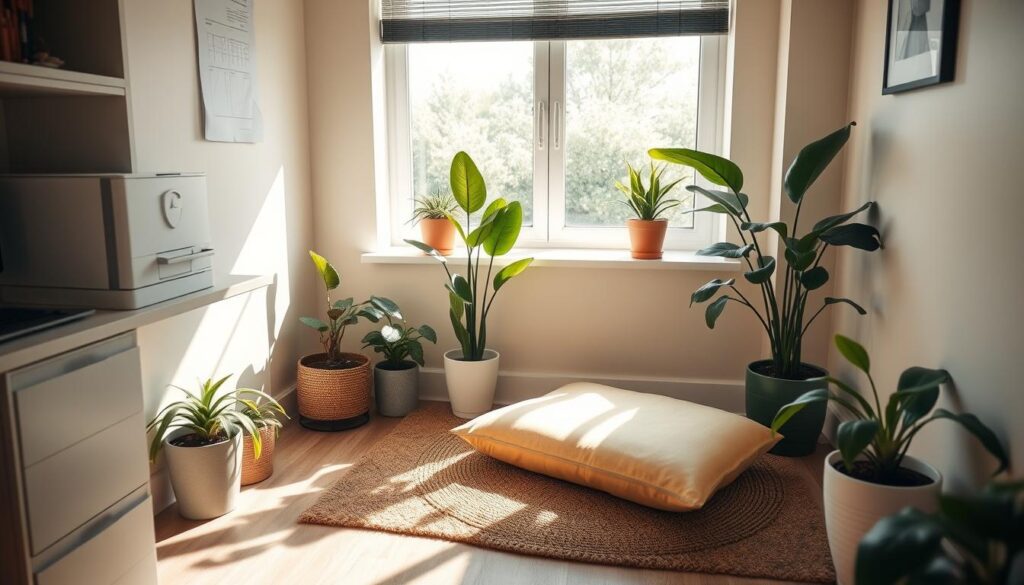
“By taking intentional pauses throughout the workday, you can cultivate a greater sense of work-life balance and reduce stress levels.”
Short mindfulness breaks can greatly improve your day. Start small and find what works for you. Mindfulness benefits your work and personal life.
Digital Mindfulness: Managing Technology Without Losing Focus
In today’s tech-driven world, staying focused is hard. Digital notifications and the urge to check our devices often get in the way. But, with digital mindfulness, you can take back control and increase your productivity.
To practice digital mindfulness, start by reducing unnecessary notifications. Turn off alerts from apps you don’t need. This helps you stay focused without interruptions.
Also, set tech-life boundaries by having tech-free times. This could be a phone-free lunch or no screens before bed. These breaks help your mind rest and refocus for your work.
Being mindful with technology means focusing on one thing at a time. Practice single-tasking to give your full attention to each task. Avoid the temptation to constantly check your phone or email. This way, you can focus better and work more efficiently.
The aim of digital mindfulness isn’t to avoid technology. It’s about using it wisely and in balance. By managing distractions and being mindful with your devices, you can improve your focus and reach your full work capacity.
Use a dedicated phone lockbox with a timer to maintain focused work periods without digital distractions.
Building Long-term Mindfulness Habits for Sustained Focus
By creating lasting mindfulness habits, we can enhance our focus, productivity, and decision making abilities at work.. Setting mindfulness goals, planning weekly activities, and tracking your progress helps. This way, you build a strong mindfulness practice that lasts.
Weekly Mindfulness Planning
To improve your mindfulness for focus, begin by scheduling weekly mindfulness sessions in your calendar. Make sure to set aside 10-15 minutes each day for mindful activities like breathing exercises or body scans. View these sessions as important appointments to keep your practice consistent.
Progress Tracking Methods
- Keep a mindfulness journal to record your daily or weekly experiences, challenges, and insights. This can help you identify patterns and measure your growth over time.
- Use productivity apps or habit-tracking tools to monitor your mindfulness habits and ensure you’re maintaining a regular practice.
- Regularly assess your focus, clarity, and overall workplace performance to gauge the long-term impact of your mindfulness efforts.
| Mindfulness Metric | Baseline | 1 Month | 3 Months | 6 Months |
|---|---|---|---|---|
| Ability to stay focused during tasks | 3 | 4 | 5 | 5 |
| Reduced workplace distractions | 2 | 3 | 4 | 5 |
| Overall productivity | 3 | 4 | 4 | 5 |
Consistent habit formation, mindfulness goals, and progress monitoring are key for consistency in your mindfulness practice. They help you see lasting improvements in focus at work.
“The secret of getting ahead is getting started. The secret of getting started is breaking your complex overwhelming tasks into small manageable tasks, and then starting on the first one.” – Mark Twain
Overcoming Common Mindfulness Practice Challenges at Work
Adding mindfulness to your workday is great, but it’s not simple. Many mindfulness obstacles can make it hard to keep up. Time limits and doubts from others can really test your motivation and stress management.
Finding time to practice mindfulness is a big challenge. Time management is key. Try to fit in short mindfulness breaks, like a few minutes of breathing or a quick body scan. Find what works for you.
To overcome doubts from coworkers, educate them about mindfulness’s benefits for Anxiety Reduction. Lead by example and show them how mindfulness can improve their well-being. Invite them to join you for meditation or breathing exercises at lunch.
- Overcome time constraints by scheduling short mindfulness breaks
- Address skepticism from co-workers by sharing the science behind mindfulness
- Maintain motivation by tracking your progress and celebrating small wins
Be persistent and flexible to beat mindfulness obstacles at work. Celebrate every success, no matter how small. With regular practice, mindfulness can improve your focus, reduce workplace stress, and increase productivity.
“The greatest weapon against stress is our ability to choose one thought over another.” – William James
Conclusion
Throughout this article, you’ve learned how mindfulness can boost your focus and productivity at work. It connects the dots between mindfulness and how our brains work. This lets you use proven methods to clear your mind and beat distractions at work.
Adding mindfulness to your daily routine can change your work life a lot. Try breathing exercises, body scans, or mindful task switching. These can make you more focused, make better decisions, and help you grow professionally.
Starting a mindfulness journey takes time, but it’s worth it. You’ll become more focused, present, and productive at work. Try the mindfulness tips from this article and see how they can help you succeed at work.
FAQ
What is the connection between mindfulness and workplace focus?
Mindfulness boosts cognitive function and attention. It also improves brain flexibility. These are key for better focus and productivity at work.
How can breathing exercises help me regain focus at my desk?
Simple breathing exercises calm your mind. They help you focus on your work again. Try deep, slow breaths or mindful breathing.
What is the benefit of incorporating a body scan meditation during my workday?
A body scan meditation helps you notice and release physical tension. It leads to clearer thinking and better focus.
How can I create a mindful workspace environment to support my concentration?
Make your workspace calm with minimalist decor and natural light. Use noise-cancelling tools to reduce distractions. This supports your mindfulness.
What are some effective ways to manage digital distractions during the workday?
Turn off notifications and set email check times. Take digital detox breaks. These steps help you stay focused.
How can I build long-term mindfulness habits to sustain improved focus at work?
Plan your mindfulness each week and set goals. Track your progress. This builds consistent mindfulness for better focus and productivity.



